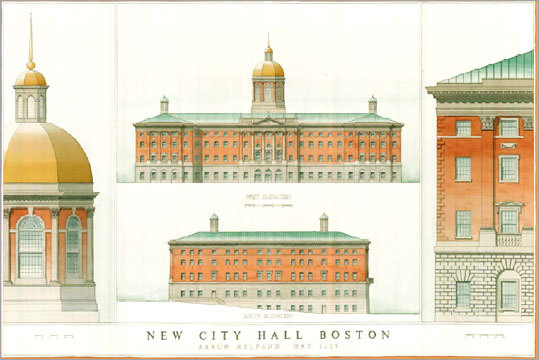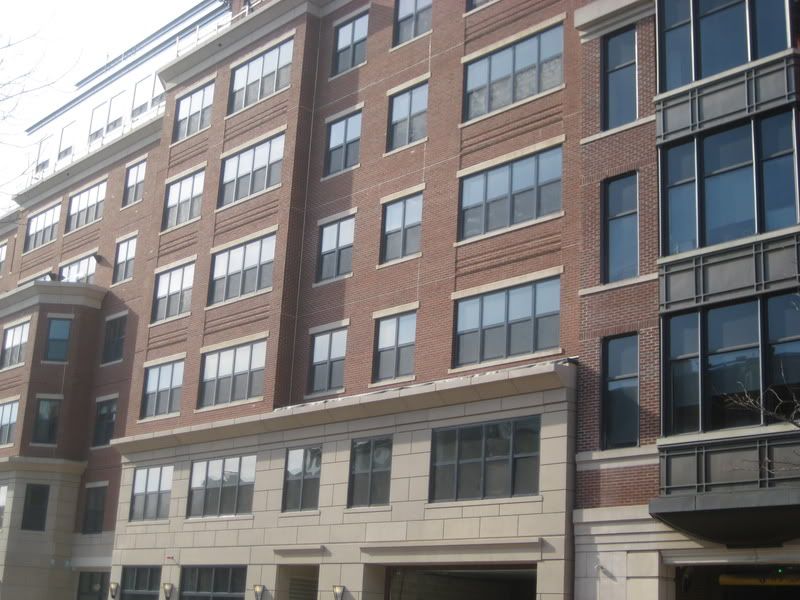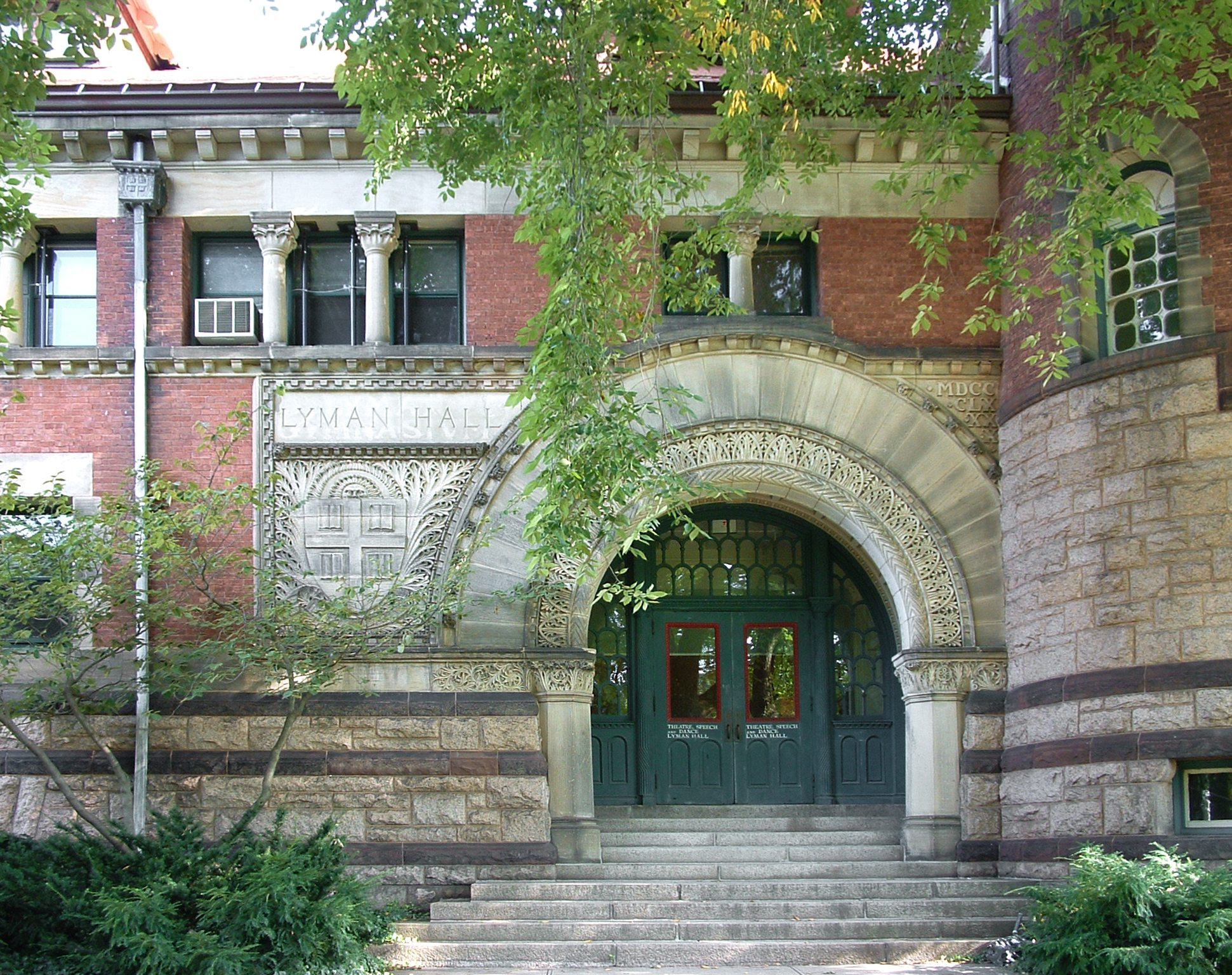You are using an out of date browser. It may not display this or other websites correctly.
You should upgrade or use an alternative browser.
You should upgrade or use an alternative browser.
The Bryant - 301-319 Columbus Avenue
- Thread starter PaulC
- Start date
BarbaricManchurian
Senior Member
- Joined
- Mar 12, 2007
- Messages
- 1,067
- Reaction score
- 65
Looks eerily similar to the Mandarin.
Lurker
Senior Member
- Joined
- Jun 13, 2006
- Messages
- 2,362
- Reaction score
- 0
Timid, mostly. Contextual, absolutely. And here something contextual looks much better than something bold would have. Give it a decade to age, and the concrete and brick won't look so fake or new.
Lurker, the detailed stonework seen in prewar cities across America has disappeared, in my mind, not because of a lack in money, but a lack in talent. There simply aren't as many super talented craftsman today, and the ones who would be able to create the kind of detail that was common then, would be exorbitantly expensive. It's the same reason that newly constructed mansions aren't as finely detailed as say, the Breakers in Newport.
Making molds for mass casting of cast stone or concrete isn't very difficult. During the depression lots of cheap buildings were lovingly ornamented with cheap cast concrete repeatedly cast from stamped steel molds. Neither is carving with machine tools. The advent of computer assisted and automated manufacturing makes these industrial processes cheaper, more precise, and easier to execute than anyone could have dreamed a century ago. In a slightly different vein, all the lovely millwork seen in Victorian mansions for the most part was mass produced in factories, bought from catalogs or warehouses much like, Home Depot today, and installed by labor not as skilled as people think.
Ornament isn't as expensive or labor intensive as people think. It's just a major taboo in the industry and many architects aren't terribly familiar with the so called 'traditional building industry' to the point of being to shop for the best prices. You'd be really surprised to find some items selling for hundreds of dollars from one supplier can be found for tens of dollars with the same exact manufacture.
I don't know, I walk by that building all the time and feel like the surface detailing looks cheap.
Yeah, the seams in the prefab "brick" stand out like sore thumbs.
BarbaricManchurian
Senior Member
- Joined
- Mar 12, 2007
- Messages
- 1,067
- Reaction score
- 65
^ That's an insult to this building, which is so much more pleasant up close and in person than the MO.
I'm not meaning my comment as an insult to the building, it's just that the massing is very similar to the Mandarin (both around ~8 stories, brick, with slight setback at the top), but judging from the pics, the detailing is better on the Mandarin IMO. The cornices before each setback on this building look especially cheap. It's a shame that they won't improve them before opening, right now they have no decoration whatsoever on them, it's just a piece of concrete sticking out.
Lurker
Senior Member
- Joined
- Jun 13, 2006
- Messages
- 2,362
- Reaction score
- 0
$200 artificial ruby covered stencil pattern plate (essentially what super market checkout scanner surfaces are made of)
+
2 clamps
+
One worker
+
Bucket lift
+
Sandblasting equipment
+
2 Hours
=
Pattern etched precast concrete which looks much better than it does now.
Will that happen? No
+
2 clamps
+
One worker
+
Bucket lift
+
Sandblasting equipment
+
2 Hours
=
Pattern etched precast concrete which looks much better than it does now.
Will that happen? No
^ What he said.Making molds for mass casting of cast stone or concrete isn't very difficult.
Ornament isn't as expensive or labor intensive as people think. It's just a major taboo in the industry and many architects aren't terribly familiar with the so called 'traditional building industry' ...
czsz
Senior Member
- Joined
- Jan 12, 2007
- Messages
- 6,043
- Reaction score
- 7
Looks to be done. Is it a compliment to say that I started walking past it before noticing that I was at my photography destination?
Means it's boring.
The two garage openings side by side: yuck.
- Joined
- May 25, 2006
- Messages
- 7,033
- Reaction score
- 1,865
In the Suggestions for Stalled Developments thread someone posted an idea for a New New City Hall which was featured on Boston.com:

If this was built today it would certainly turn out exactly like The Bryant.

If this was built today it would certainly turn out exactly like The Bryant.
^ Or maybe not (might depend on the architect and developer). Click on "projects". (May be a bit slow to load.)If this was built today it would certainly turn out exactly like The Bryant.
Beton Brut
Senior Member
- Joined
- May 25, 2006
- Messages
- 4,382
- Reaction score
- 338
If we're gonna do patternbook historicism (for a new City Hall, or anything else), can we please move on from Bulfinch to H.H. Richardson?
statler
Senior Member
- Joined
- May 25, 2006
- Messages
- 7,938
- Reaction score
- 543
What? We can't just head to local Masonic Hall and hire a few guys?
On a more serious note:
I wonder how much it would cost to hire some of the last few remaining stone masons/artisans to do work like that on a large scale.
On a more serious note:
I wonder how much it would cost to hire some of the last few remaining stone masons/artisans to do work like that on a large scale.
Beton Brut
Senior Member
- Joined
- May 25, 2006
- Messages
- 4,382
- Reaction score
- 338
Is it strange to anyone that I look at Lyman Hall (and the rest of Richardson's earthy, asymmetrical work) as the great-grandfather of our sadly maligned City Hall? In Richardson and Frank Furness, I find the seeds of both Organic Architecture and Brutalism.
eljusticiero67
New member
- Joined
- Sep 4, 2009
- Messages
- 41
- Reaction score
- 0
^ Or maybe not (might depend on the architect and developer). Click on "projects". (May be a bit slow to load.)
WOW
Can we get them to build everything ever from now on ever???


















